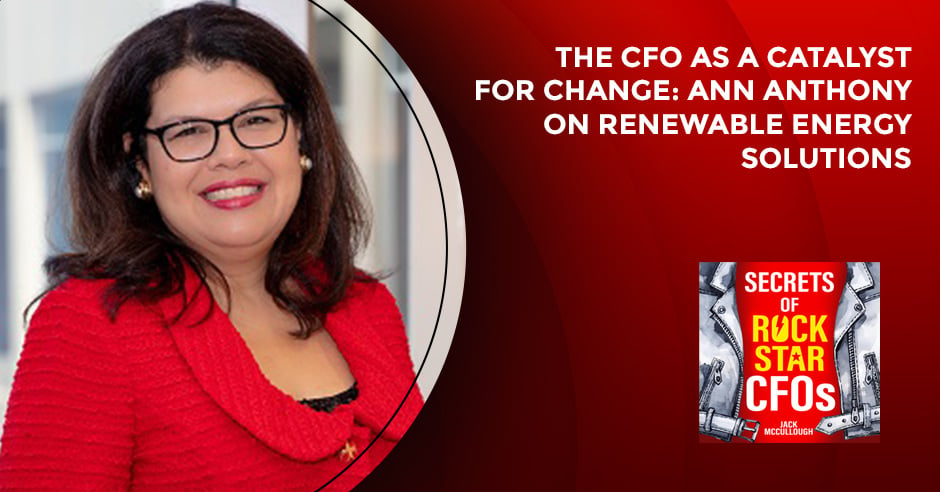Layoffs are piling up, even at well-capitalized companies. Unfortunately, this trend is expected to persist. It may even intensify over the coming years, as our economy softens due to factors such as inflation, tariffs and declining consumer confidence. And due to a weak job market, many of those affected by the layoffs will likely face extended periods of unemployment.
All that poses a hazard for CFOs who will be forced to make cuts but will also bear a disproportionate amount of blame for the predictable outcome. Angry former employees who are unable to find new employment quickly will have lots of time on their hands to bash the company online.
While these employees’ anger may be justified, their actions are not. Fortunately, you can take proactive steps to minimize the risk of damage to your organization’s online reputation and reduce its impact if it does occur. Here are some key strategies for protecting your brand and minimizing blowback from headcount reductions.
Communicate Clearly
Layoffs are inevitable; your employees understand that. What they can’t understand is being blindsided by a layoff, especially if the C-suite knew it was coming.
As a CFO, it’s a tough position to be in. Informing employees of potential layoffs ahead of time, you risk some of them leaving sooner than you’re ready for. Still, it can go a long way in reducing the hostility laid-off employees may feel toward the company. It can also mean the difference between having them leave on relatively good terms or creating a costly PR crisis that not only harms the bottom line but also makes it challenging to recruit employees in the future.
If that’s not possible, organizational communications on this issue should be transparent. Lead with empathy while highlighting the economic reality. For example, if tariffs have adversely affected your company, be sure to mention it. Tariff issues affecting U.S. companies are being extensively covered in the media, so workers are already familiar with the broad effects. Explain that the cuts are necessary to keep the company afloat and that, despite the reductions, you value their contributions to the company.
It’s also worthwhile to communicate that you’re working hard to keep as many people employed as possible. Why? Those being laid off likely still care about their still-employed co-workers and friends. Therefore, they may be reluctant to take an action that could jeopardize those people’s jobs.
In addition, be authentic. Don’t say something just because you think it may soften the blow. People are generally pretty smart and can see through that.
Execute A Positive PR Campaign
A consistent public relations effort accomplishes three key objectives:
- It keeps your brand in a positive light in front of your clients. That’s always important, but it becomes even more critical during a slowing economy.
- It keeps your brand in front of your former employees. In conjunction with other steps I’ve outlined, PR, if executed correctly, can help keep them on your side.
- It creates a sea of positive publicity that can help drown out or negate any negative publicity the company may receive if former employees criticize it or post defamatory comments online.
Launching a PR campaign requires time and effort. If you wait until you feel like you “need” it, you’ll already be behind the curve. Additionally, people are surprisingly media-savvy today, thanks to the 24/7 news cycle and social media. If you wait until a problem arises, stakeholders are apt to see through your efforts.
Stay Engaged
There are two distinct periods when someone is most likely to attack your brand after being laid off.
The first, of course, is when they’re first laid off. This period is generally short and intense, but can be mitigated by effectively implementing the strategies above.
The second is later, after the former employee has been unemployed for a while or is unable to find suitable work. That situation is a bit tougher to mitigate because the timeline is less predictable. It’s also easy to get bogged down in the work required to maintain your company’s financial health.
Stay engaged with laid-off employees. Part of this involves continuing to provide support to former employees as they seek new employment. That could include sharing available job opportunities, whether at your company or others, motivational content and even direct introductions. Career counselors, branding experts and psychologists can create content—at no cost to you—that former employees will benefit from. By providing it, you remain valuable to the laid-off employees while maintaining a positive engagement with them.








